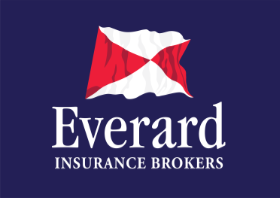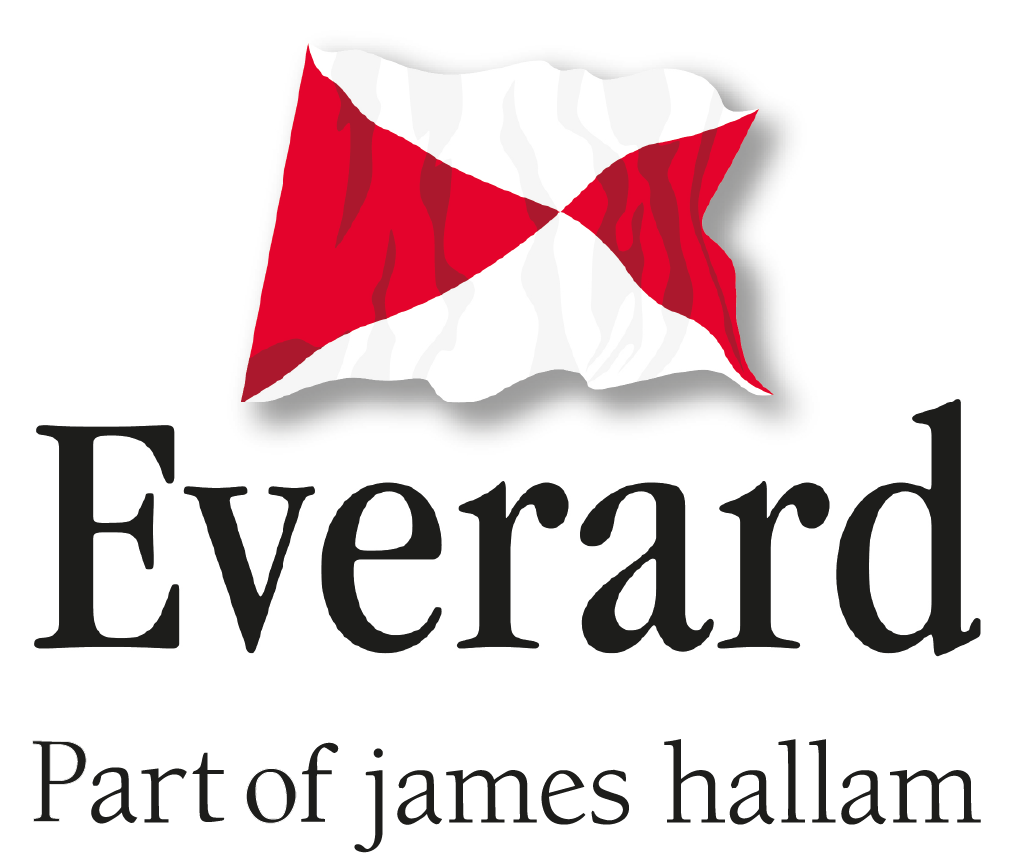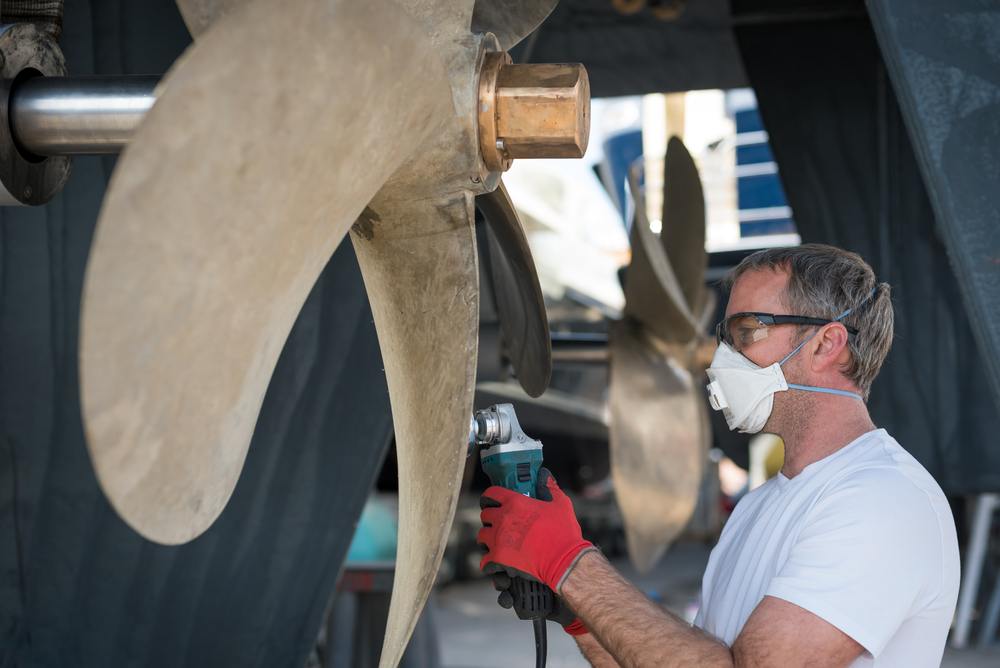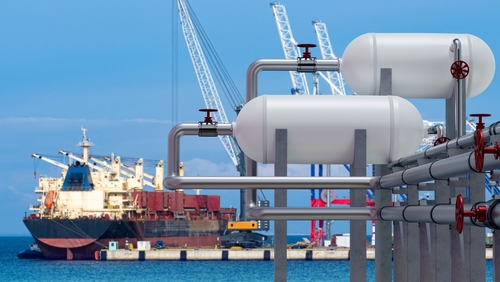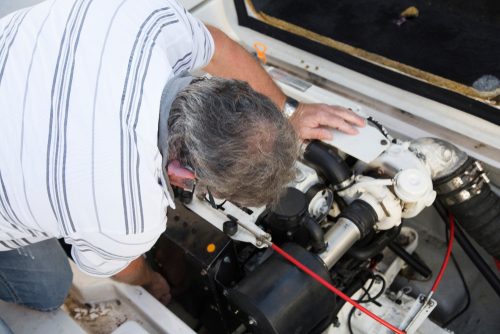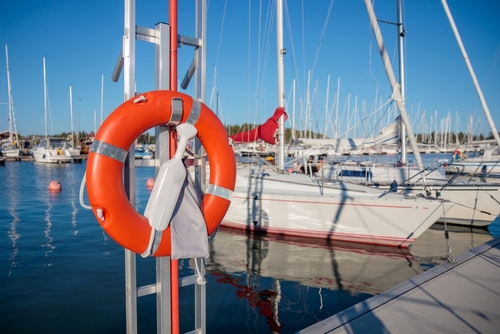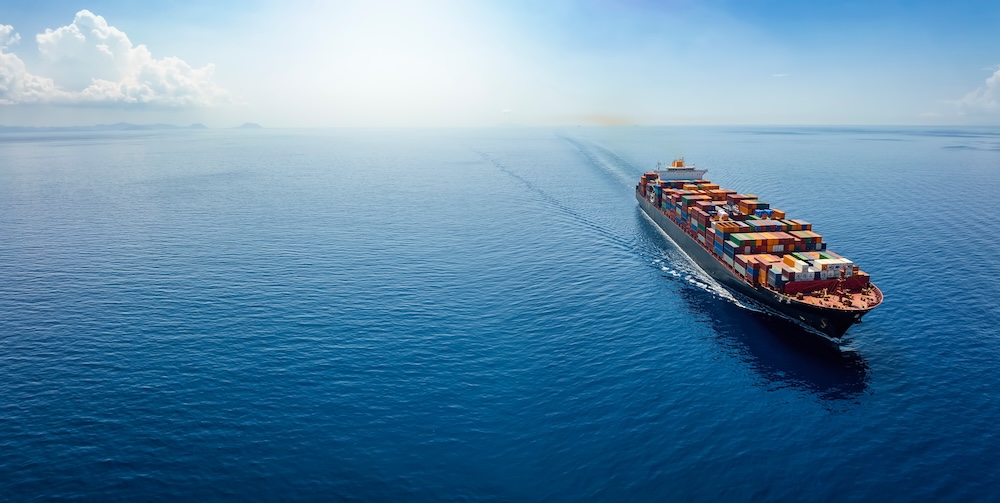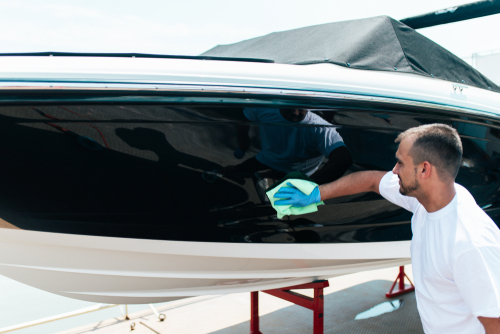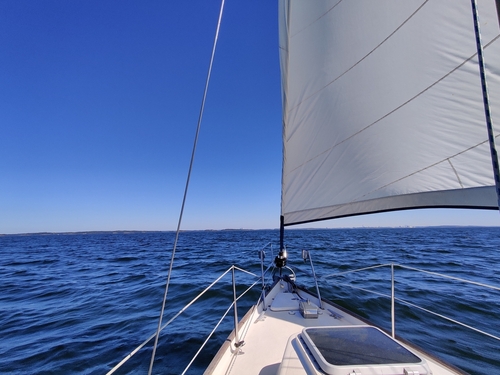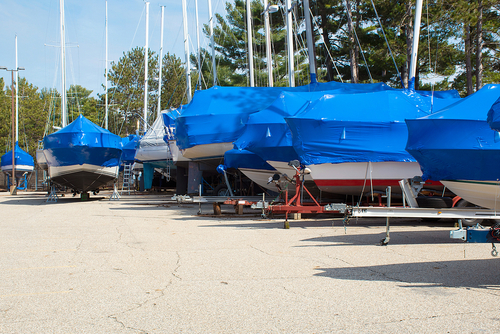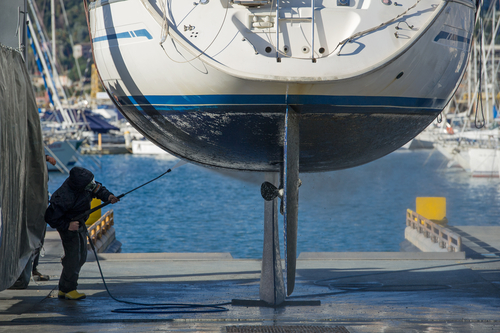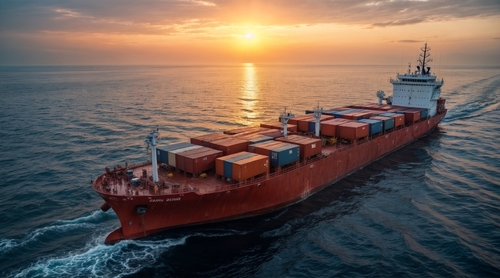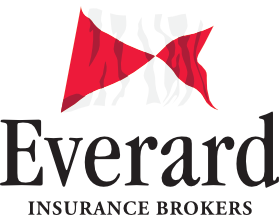
Some types of marine fuels may be more affordable than others. Unfortunately, the cheapest fuels also tend to be the least carbon efficient. And as ship owners must now meet stringent decarbonisation regulations, choosing the right fuel for your marine operations may not be as straightforward as it used to be.
In this post we will list the various types of marine fuels, to give you a better idea of your fuelling options for your marine business.
What are the Decarbonising Rules For the Marine Industry?
In early 2023, the International Maritime Organisation introduced new Carbon Intensity Indicator (CII) rules. The aim is to reduce the carbon intensity of all ships by 40% by 2030.
On top of this, the Fuel EU Maritime regulation came into force on 1 January 2025. This regulation sets strict limits to the total average greenhouse gas emissions for any ship heavier than 5,000 gross tonnes that calls into EU ports.
Because of such regulations, choosing the right fuel for your shipping is not as straightforward as it used to be. It is not just a case of choosing the greenest and most cost-effective fuel for your current operations. You also need to consider how you will adapt your operations to meet future decarbonisation and emission targets. This might mean making considerable modifications today, so that you can continue to ship tomorrow.
Read our full guide to decarbonising and emission regulations for the marine industry here.
Types of Marine Fuels
You have a choice of fuelling options for your marine operations, including:
- Marine diesel oils (MDO)
- Marine gas oils (MGO)
- High Fuel Oil (HFO)
- Ultra low sulphur fuel oil (ULSFO or VLSFO)
- Liquid natural gas (LNG)
- Methanol
- Biofuel
We’ll explore each of these in detail, to help give you an idea of what might be the best option for you.
Marine Diesel Oils (MDO)
MDO is a distillate, meaning it is produced via a process that involved heating and evaporating residual oil. Due to its relatively high sulphur content, burning MDOs tends to produce more harmful emissions compared to other marine fuels.
Marine Gas Oils (MGO)
Like MDO, MGO is a distillate. However, MGO tends to be of a higher quality than MDO, producing fewer harmful emissions but costing more as a result.
High Fuel Oil (HFO)
HFO tends to be around 30% cheaper than distillate fuels, but it has a much higher density and sulphur content than both MDO and MGO. As a result, HFO use contributes significantly to pollution.
Changing Priorities in Marine Fuel
MDO, MGO, and HFO have been the most popular types of marine fuel for decades. Distillates such as MDO and MGO are popular choices for autonomous ships, and for small to mid-size ships that do not have the capacity to use other fuel types, which may require the use of heaters and purifiers.
The London Maritime Academy reports that, as recently as 2021, MDO, MGO, and HFO fuelled almost 93% of all ships at sea. Yet the high sulphur contents of these fuel types have forced the industry to consider alternatives.
The International Maritime Organization (IMO) regulates sulphur emissions in the marine trade. IMO 2020 is the most recent regulation, which limits the sulphur levels in the fuel oils used in shipping to 0.5%. Previously, the limit was 3.5%.
It is possible to install systems that clean a ship’s exhaust gasses to limit the sulphur oxide emissions, which has allowed many marine operations to continue to use HFO even following the IMO 2020 regulation. However, the industry is currently exploring a number of alternative fuel types.
Ultra Low Sulphur Fuel Oil (ULSFO)
Also known as VLSFO, this is a high quality form of MDO that has been specifically distilled to achieve less than 0.5% of the regulation IMO 2020 sulphur levels. It is a clean and affordable option, particularly for small to mid-size vessels. There are also ultra-low sulphur variations of MGO, that can have sulphur emissions as low as 0.1%.
Though ULSFOs are cleaner and relatively affordable, there are certain safety concerns associated with these fuels. When mixed with other fuels onboard a ship, they may become less efficient, or even unstable.
Liquid Natural Gas (LNG)
LNG is even cleaner than ULSFO. However, though the fuel itself may be relatively cost-effective, LNG is not quite ready to become the leading type of fuel for the marine industry.
The main issue is that LNG can be difficult to transport and store. Also, most vessels will have to retrofit their fuel systems before they can switch to LNG, a process that many will find prohibitively expensive.
Methanol
Methanol, another alternative fuel type, may be more compatible with existing fuel systems. Yet though methanol emits fewer pollutants than MDO, MGO, and HFO, it is still carbon based, so it may only be useful as a transitional solution.
Biofuel
Biofuels are derived from renewable resources, such as animal fats and hydrotreated vegetable oils (HVOs). They are totally sulphur free. Yet they can cost more than other fuel types, and they may lead to additional issues, such as potential microbial growth in engine systems.
Dual Fuels
Some marine businesses have experimented with a “dual fuel” system. This involves mixing a traditional fuel source, such as MDO or MGO, with an alternative fuel source, such as HVO or LNG. Doing so can reduce the vessel’s overall sulphur emissions. However, as we mentioned above, mixing fuels can result in instability.
Electrification and Fuel Cells
Finally, electric batteries and fuel cells are becoming increasingly prevalent in certain sectors.
Fuel cells rely on electrochemical oxidation to convert chemical energy directly into thermal and electric energy. They are low-maintenance, highly efficient, and they generate very little vibration and noise compared to traditional fuel and engine systems. Plus, if the cell uses natural gas or methanol as the fuel, the carbon emissions can be extremely low.
Electric batteries, though, generate zero emissions. We are already seeing battery-powered boats that can charge at shore before delivering hours of zero emission, fully electric propulsion. At the moment, only smaller boats such as tugs are realising the potential of electric propulsion. It is unclear whether it will ever be viable for larger vessels to switch to electric batteries.
Insurance Implications of Marine Fuel
The type of fuel you choose for your marine operations can have certain insurance implications. For example, if you rely on a dual fuel system, your vessels may face an increased risk of fire. Certain fuels may also be caustic, toxic, or otherwise harmful to crews and marine life if they are not stored or handled correctly.
If you would like to discuss how your fuel choice might affect your marine insurance, we are here to help.
Everard Insurance Brokers are the specialist marine trading division of accredited Lloyd’s brokers James Hallam Limited. We can help you ensure you have the insurance you need to cover your vessels and your crews.
Find out more about our dedicated marine insurance services.
